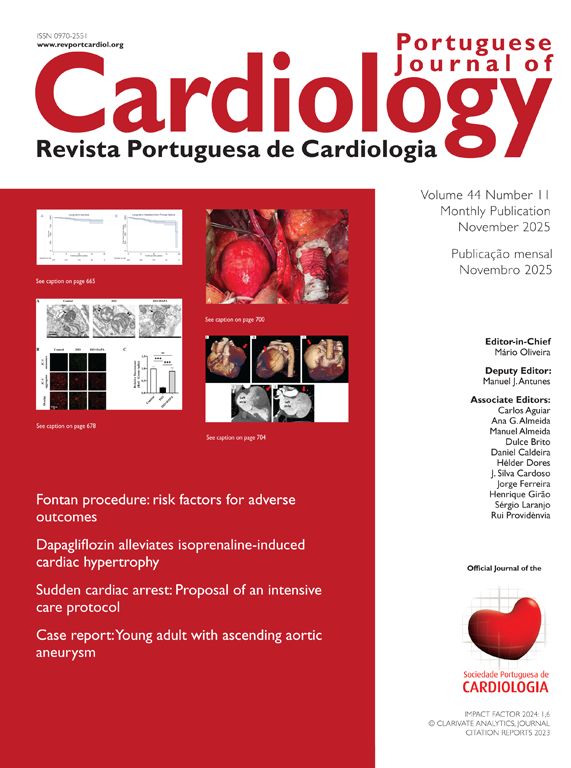que se leu este artigo
| Ano/Mês | Html | Total | |
|---|---|---|---|
| 2025 11 | 105 | 45 | 150 |
| 2025 10 | 50 | 36 | 86 |
| 2025 9 | 63 | 29 | 92 |
| 2025 8 | 67 | 38 | 105 |
| 2025 7 | 78 | 34 | 112 |
| 2025 6 | 49 | 36 | 85 |
| 2025 5 | 73 | 26 | 99 |
| 2025 4 | 62 | 25 | 87 |
| 2025 3 | 97 | 24 | 121 |
| 2025 2 | 53 | 28 | 81 |
| 2025 1 | 29 | 45 | 74 |
| 2024 12 | 38 | 39 | 77 |
| 2024 11 | 48 | 38 | 86 |
| 2024 10 | 42 | 41 | 83 |
| 2024 9 | 54 | 27 | 81 |
| 2024 8 | 46 | 38 | 84 |
| 2024 7 | 44 | 31 | 75 |
| 2024 6 | 38 | 30 | 68 |
| 2024 5 | 36 | 25 | 61 |
| 2024 4 | 44 | 31 | 75 |
| 2024 3 | 28 | 21 | 49 |
| 2024 2 | 32 | 21 | 53 |
| 2024 1 | 29 | 31 | 60 |
| 2023 12 | 29 | 28 | 57 |
| 2023 11 | 49 | 27 | 76 |
| 2023 10 | 25 | 14 | 39 |
| 2023 9 | 32 | 24 | 56 |
| 2023 8 | 31 | 26 | 57 |
| 2023 7 | 20 | 11 | 31 |
| 2023 6 | 24 | 17 | 41 |
| 2023 5 | 36 | 35 | 71 |
| 2023 4 | 25 | 2 | 27 |
| 2023 3 | 63 | 20 | 83 |
| 2023 2 | 48 | 23 | 71 |
| 2023 1 | 16 | 14 | 30 |
| 2022 12 | 53 | 20 | 73 |
| 2022 11 | 82 | 31 | 113 |
| 2022 10 | 39 | 23 | 62 |
| 2022 9 | 47 | 34 | 81 |
| 2022 8 | 22 | 32 | 54 |
| 2022 7 | 28 | 38 | 66 |
| 2022 6 | 22 | 28 | 50 |
| 2022 5 | 20 | 31 | 51 |
| 2022 4 | 24 | 25 | 49 |
| 2022 3 | 26 | 37 | 63 |
| 2022 2 | 19 | 24 | 43 |
| 2021 1 | 22 | 25 | 47 |
| 2021 12 | 22 | 32 | 54 |
| 2021 11 | 29 | 41 | 70 |
| 2021 10 | 27 | 42 | 69 |
| 2021 9 | 25 | 31 | 56 |
| 2021 8 | 31 | 40 | 71 |
| 2021 7 | 19 | 21 | 40 |
| 2021 6 | 20 | 26 | 46 |
| 2021 5 | 38 | 40 | 78 |
| 2021 4 | 55 | 40 | 95 |
| 2021 3 | 30 | 18 | 48 |
| 2021 2 | 25 | 12 | 37 |
| 2020 1 | 32 | 18 | 50 |
| 2020 12 | 26 | 12 | 38 |
| 2020 11 | 26 | 14 | 40 |
| 2020 10 | 42 | 19 | 61 |
| 2020 9 | 30 | 18 | 48 |
| 2020 8 | 21 | 14 | 35 |
| 2020 7 | 17 | 14 | 31 |
| 2020 6 | 28 | 14 | 42 |
| 2020 5 | 22 | 15 | 37 |
| 2020 4 | 20 | 25 | 45 |
| 2020 3 | 25 | 17 | 42 |
| 2020 2 | 35 | 33 | 68 |
| 2020 1 | 16 | 16 | 32 |
| 2019 12 | 22 | 13 | 35 |
| 2019 11 | 24 | 9 | 33 |
| 2019 10 | 40 | 12 | 52 |
| 2019 9 | 21 | 10 | 31 |
| 2019 8 | 26 | 13 | 39 |
| 2019 7 | 60 | 44 | 104 |
| 2019 6 | 35 | 34 | 69 |





